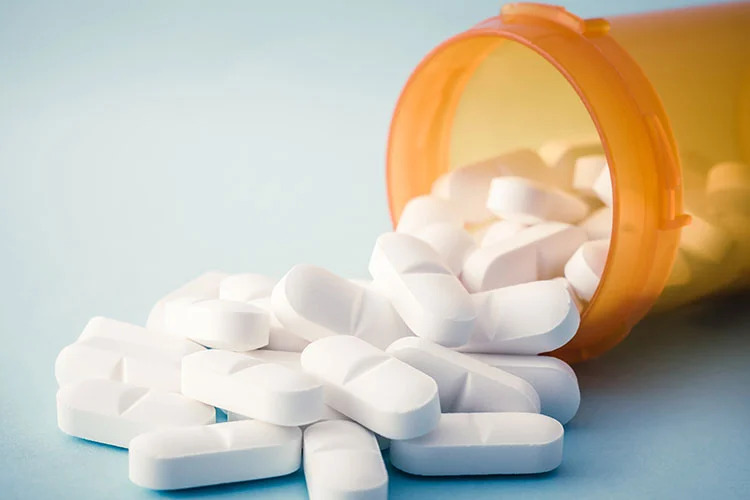The Harmful Effects of Pharmaceuticals Post to The Environment
Introduction
Harmful environmental impacts are generally considered to come in the form of CO2 emissions or air pollution. As correct as this assumption is, and obviously the quality of the air we breathe is of the utmost importance; a lesser thought of problem is the environmental concerns of pharmaceuticals in soil and water. Pharmaceuticals and various forms of medicine are consistently found in soil residue, and cause substantial harm to the food products that grow in these soils; they are also found in water samples in drinking water intended for human consumption.

The pharmaceutical industry is a multi-billion dollar business that provides medicine to millions of Americans annually. More than 100 million people in the USA use oral contraceptives, which end up in the environment in one way or another. These drugs end up in our water or soil in various ways. Residues released during the manufacturing of the drugs can enter surface waters. As water is often required to produce these drugs. Additionally, drugs that are excreted through human waste end up in sewage which also finds its way into the soil. (PubMed Central et al,2004) Soil reviews showed various amounts of acetaminophen, ibuprofen, and naproxen (Metcalf et al, 2004). The US usage of aquaculture antibiotics estimates from 100,000 to 200,000 kg per year (Benbrook,2002). While general antibacterial usage in U.S. agriculture is measured in the millions of kg per year (Mellon et al, 2001).
Some potential harms of these medicine in soil and water include the destruction of lifestyles of larvae, fertility of fish, and reduction of growth rate in dung invertebrates. These problems can cause great concerns for various livestock and animals that are reliant on these organisms. The general reduction of invertebrates greatly impacts the quality of food that animals eat. (Nentwig et al, 2004). If livestock is eating something that contains a high concentration of pharmaceuticals it will find its way into the animal’s bloodstream, thus effectively killing or seriously harming the animal. Additionally, if humans consume animals that have consumed high concentrations of pharmaceuticals it can cause serious health complications for humans as well; especially children who may be more sensitive.
Medicines found in water sources, soil deposits, and residues contribute greatly to environmental harm. It shouldn’t be taken lightly the grotesque consequences that pharmaceuticals have on our environment. It would be wise to further monitor the amount of medicines and antibiotics that find their way into sources of food, and soil in order to ensure the safety of our environment and humanity as a whole.
Sources
Benbrook CM (2002) Antibiotic drug use in U.S. aquaculture. www.iatp.org/library/antibiotics
Mellon M, Benbrook C, Benbrook KL (2001) Hogging It: Estimates of Antimicrobial Abuse in Livestock. Union of Concerned Scientists, Cambridge, MA, USA. www.ucsusa.org/publications [Google Scholar]
Metcalfe C, Miao Xs, Hua W, Letcher R, Servos M (2004) Pharmaceuticals in the Canadian Environment. In Pharmaceuticals in the Environment Kummerer K (ed), pp 67–90. Heidelberg, Germany: Springer [Google Scholar]
Nentwig G, Oetken M, Oehlmann J (2004) Effects of pharmaceuticals on aquatic invertebrates—the example of carbamazepine and clofibric acid. In Pharmaceuticals in the Environment Kummerer K (ed), pp 195–208. Heidelberg, Germany: Springer [Google Scholar]
PubMed Central, (2004)
The Environmental side effects of medicine. www.ncbi.nlm.nih.gov/pmc/articles/PMC1299201/


